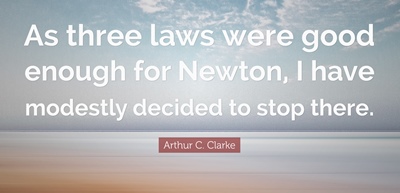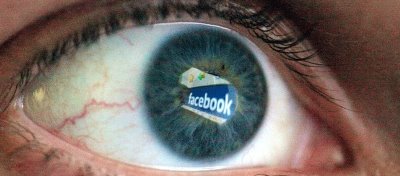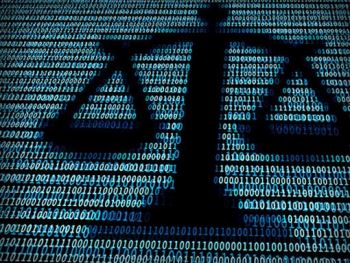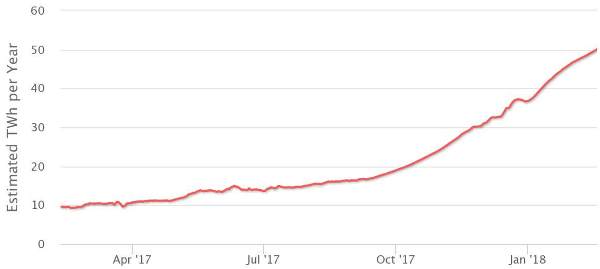Seth Godin’s post ‘The digital divide is being flipped‘ explains how the children of the rich are nowadays protected from the consequences of the screens, whereas the children of the poor are left to their addictive consequences.

I still remember a few years ago when digital divide was about the rich getting access to the wealth of internet while the poor (or the remote) couldn’t. It was a massive issue for governments who committed substantial resources to bridging the gap: “Privileged parents, those with time, education and money, were giving their kids access to the tools of the net while other kids were missing out on the wealth of interactions and information available online. The fear was that this gap would further magnify differences in opportunity.”
Nowadays, screens and internet access is almost ubiquitous, and the issue is rather not to get addicted to social networks, online games and other time-losing activities. Social network leaders are known to forbid screen access to their children.
The internet has moved from an incredible access to a wealth of information to a mass addiction machine. It does not need to be that way: what is important now is educating the younger generations about health rules when using screens and the internet, and how value can be extracted. This may need to be a new emergency for governments!











